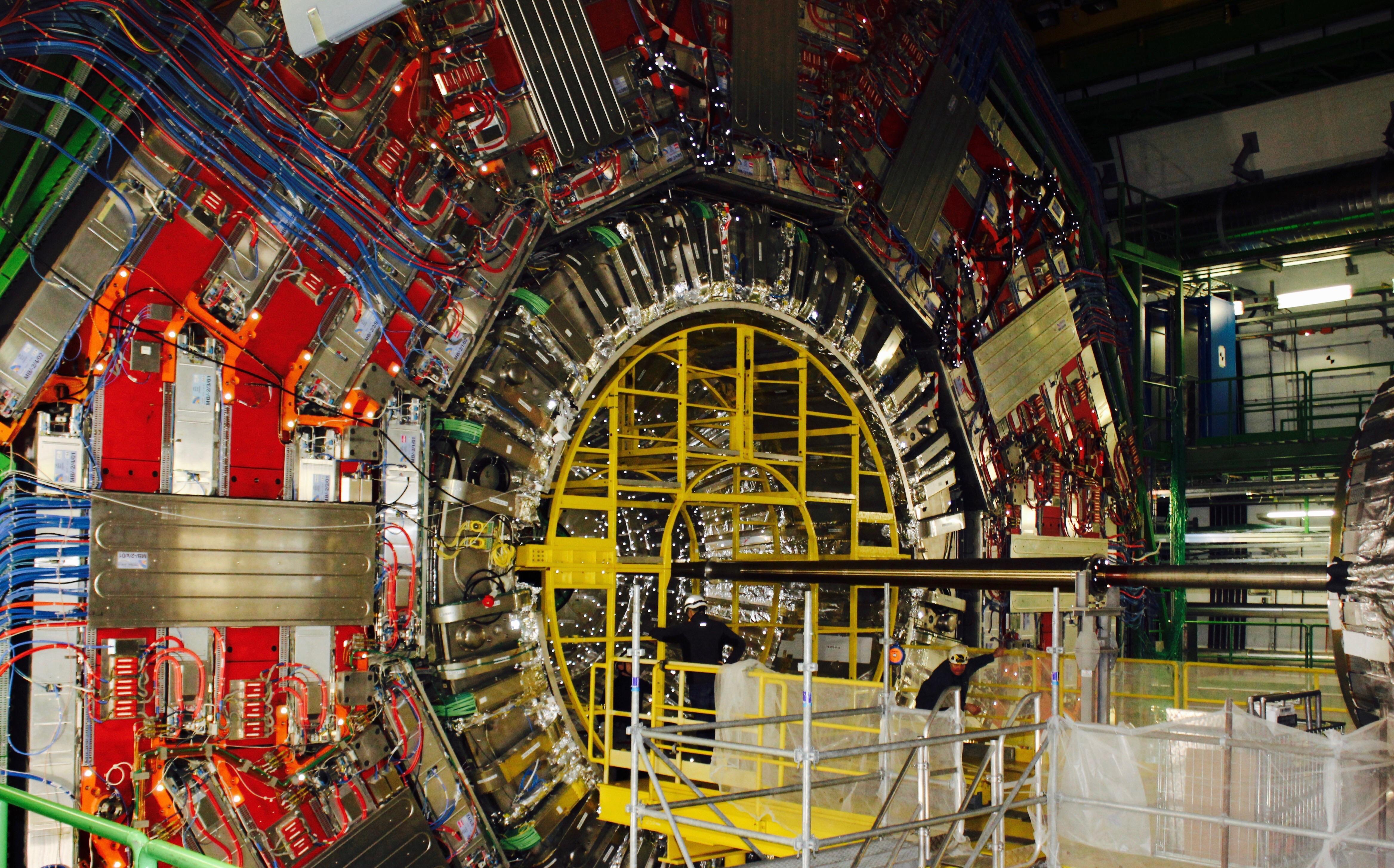Last Updated on May 18, 2025 by Muhamed Elmesery
Nuclear physics helps us better understand the universe. It is the the study of the structure and characteristics of the main building unit of the universe, the atom. The atomic structure gives us a clearer picture of the physical and chemical properties of elements and elementary particles.
The European Organization for Nuclear Research (CERN) is the largest physics lab in the field of nuclear physics research in the world. It is currently operating several laboratories, including the Large Hadron Collider. Through this article we will take a closer look at this giant project.
Table of Contents
Online physics lab
The European Organization for Nuclear Research was established in 1952. It was first called the European Council for Nuclear Research until 1954, when it had 20 member states. It then changed its name to the European Organization for Nuclear Research. CERN’s main function is to build particle accelerators and other infra-structures for particle physics research.
Try the virtual Physics lab of Praxilabs
Create a Free Virtual Labs Account Now!
Particle accelerator
Particle accelerators were built in the 1930s to provide high-energy particles to understand the structure of the nucleus. Accelerators produce electric fields that increase the energy and velocity of a beam of particles. They also produce magnetic fields to guide those particles. There are two types of accelerators: ring accelerators and linear accelerators.
Ring accelerator:
Particles move through a circular path, rotating repeatedly to increase their energy.
Linear Accelerator:
Particles move through a straight line from one point to another.
Particle type used
The type of particles used depends on the purpose of the experiment. The Large Hadron Collider (LHC) accelerates and collides protons and heavy lead ions. Some may expect the Large Hadron Collider to need a large source of particles, but the proton beams used in the 27 km ring come from a single bottle of hydrogen gas that is replaced twice a year.
Particle detector
Accelerators in CERN increase the speed of particles to high velocities and energies before they collide within the particle detector. The particle detector identifies information about particles including speed, mass and charge. Scientists use this information to identify these particles.
Most of the particles resulting from the collision move in straight lines. The magnetic field causes it to move through the curvature of the path, The electromagnetic fields within the detector work to erase that effect and maintain the straight paths of the particles.
Modern detectors consist of successive layers of sub-detectors. Each one determines specific characteristics of the particles.
Particle detector types:
1- Tracking devices (Particle path detection)
Trace devices detect particle pathways as they pass and interact with the material. Most trace devices do not show particle paths directly but record the tiny electrical signals the particles leave as they pass. The computers then rebuild those recorded patterns.

2- Calorimeters (Stopping, absorbing and measuring particle energy)
The calorimeter measures the energy lost by the body as it passes through. Calorimeters are usually designed to stop or absorb particles produced from the collision and force those particles to deposit their full energy inside the detector.
Electromagnetic calorimeters measure the energy of electrons and protons when they interact with electrically charged objects. The hadronic calorimeter determines the power of the hadrons while colliding with atomic nuclei.
3- Particle-identification detectors (Identify particles)
After the passage of particles through “tracking devices” and “calorimeters,” there are two additional methods used by physicists to reduce the probabilities around the particle’s identity. Both methods rely on measuring the radiation emitted from the charged particles.
When a charged particle passes through a medium faster than light, it emits the Chernikov radiation at an angle dependent on its velocity. By measuring this angle, the velocity of the particle is determined. And by measuring the momentum, we can calculate the mass of that particle and identify it.
When a fast charged particle crosses the boundary between electrical insulators with different resistance, it produces radiation that enables us to recognize its energy and identify it.
PraxiLabs provides you with the latest in virtual reality to enhance your teaching and learning experience. Try PraxiLabs today.
 PraxiLabs A virtual world of science
PraxiLabs A virtual world of science





